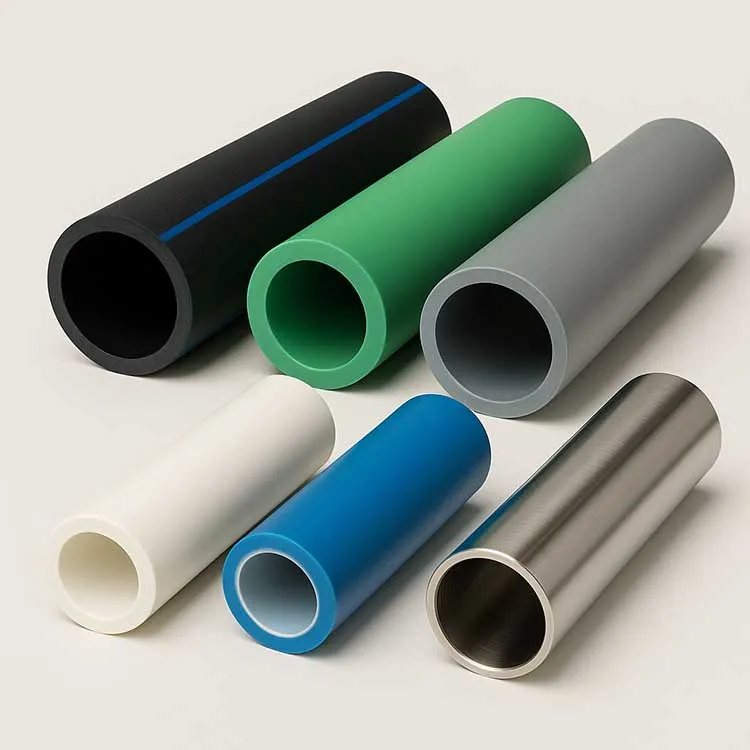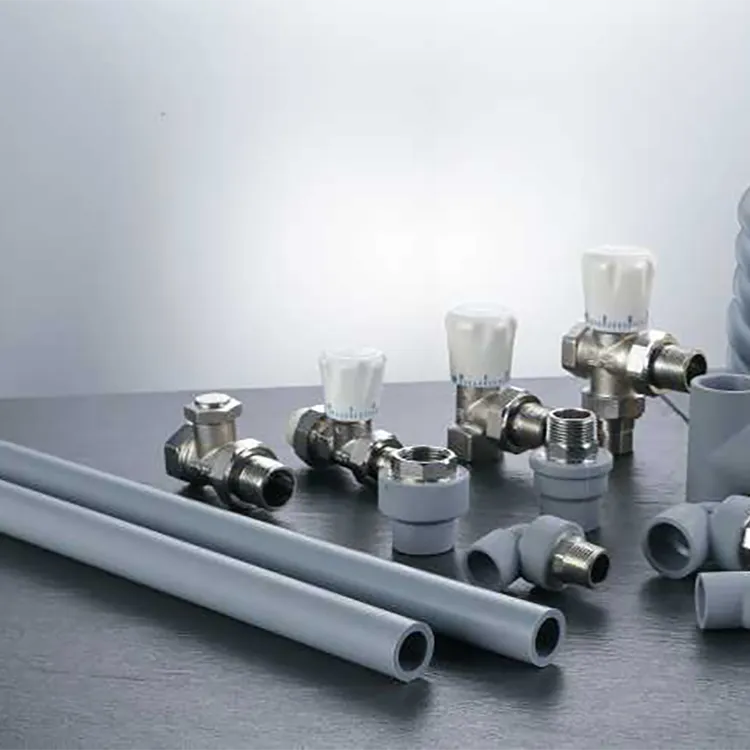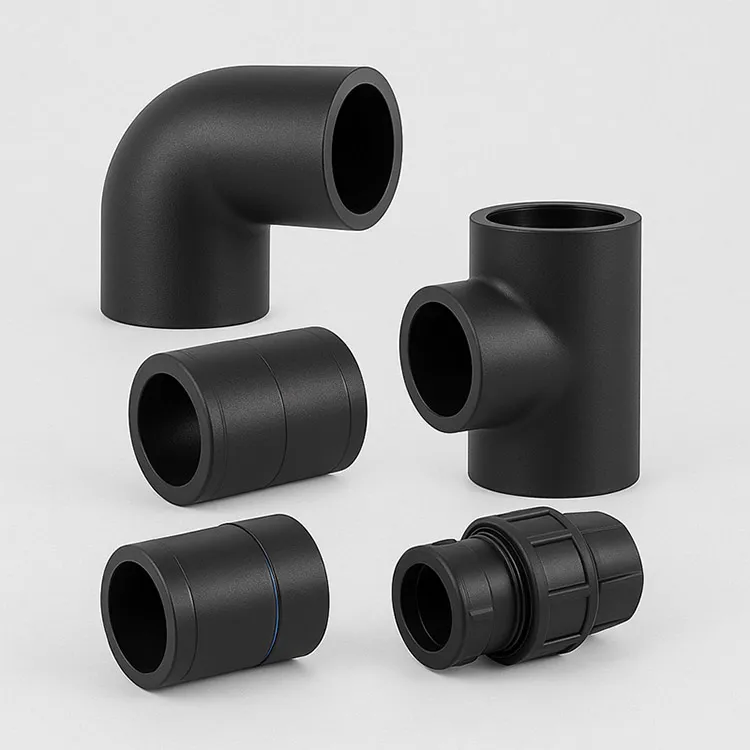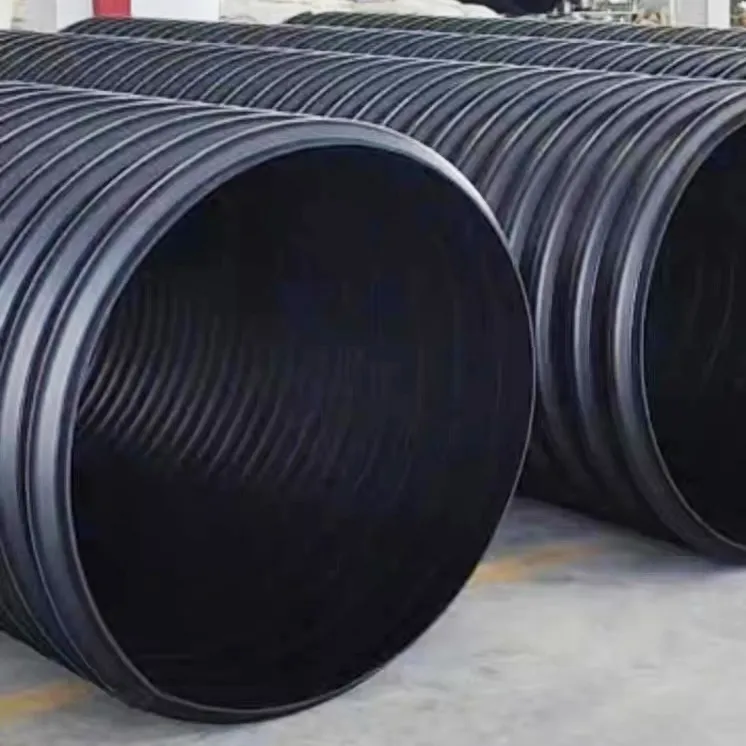1. Study on the corrosion resistance of PVC pipe fittings
The corrosion resistance of PVC pipe fittings is one of the key factors for its wide application in industrial piping systems. PVC itself has excellent chemical stability and can resist the erosion of various chemical media, such as acid, alkali, and salt solutions. However, different media have different degrees of corrosion on PVC, and other factors such as temperature, pressure and flow rate will also affect the corrosion resistance of PVC pipe fittings.
1.1 Influence of chemical media
PVC pipe fittings have good corrosion resistance in weak acid and weak alkali environments, and usually no significant damage will occur. However, in strong acid (such as sulfuric acid) and strong alkali (such as sodium hydroxide) environments, the corrosion rate of PVC pipe fittings will be significantly accelerated. In some chemical media, PVC pipe fittings may be affected by dissolution, deformation or surface damage. Therefore, when selecting PVC pipe fittings for chemical piping systems, it is necessary to select materials based on the properties of the media in actual applications.
1.2 Effect of temperature, pressure and flow rate
The corrosion resistance of PVC is closely related to temperature, pressure and flow rate. Under high temperature conditions, the molecular chain of PVC may break, resulting in a decrease in the mechanical properties of the pipe fittings, thereby affecting the corrosion resistance. The increase in pressure will aggravate the stress concentration of the pipe fittings and may also cause cracking on the surface of the pipe fittings. Under high flow rates, the scouring effect of the fluid will accelerate the wear of the pipe fitting surface, thereby affecting its corrosion resistance. Therefore, the use of PVC pipe fittings under high temperature, high pressure and high flow conditions needs to be cautious.
1.3 Technology to improve corrosion resistance
In order to improve the corrosion resistance of PVC pipe fittings, the following measures can be adopted:
Surface coating: Applying an anti-corrosion layer, such as epoxy resin coating, on the surface of the pipe fittings can effectively prevent corrosion by external chemicals.
Composite materials: By combining with other corrosion-resistant materials (such as polytetrafluoroethylene), composite PVC pipe fittings with stronger corrosion resistance are manufactured.
2. Research on the fire resistance of PVC pipe fittings
In some high-risk environments, the fire resistance of PVC pipe fittings has become a key factor affecting the safety of the pipeline system. Although PVC pipe fittings have good combustion performance, they may still release toxic gases in a fire, so their fire resistance needs special attention.
2.1 Combustion performance of PVC
The performance of PVC pipe fittings in a fire is mainly reflected in the combustion performance and smoke release. PVC is a combustible material and will burn in a high temperature environment. When PVC burns, it will release a large amount of hydrogen chloride gas, which poses a potential threat to personnel and the environment. Therefore, the combustion performance of PVC pipe fittings must be improved through modification to avoid excessive combustion in a fire.
2.2 Technical measures to improve fire resistance
To improve the fire resistance of PVC pipe fittings, common technical measures include:
Adding flame retardants: Adding flame retardants such as aluminum hydroxide and magnesium hydroxide to PVC raw materials can effectively improve its fire resistance, slow down the burning speed, and reduce the release of toxic gases.
Surface modification: By surface modification of PVC pipe fittings (such as spraying fire retardant coating), the spread of flames can be effectively prevented and the generation of smoke can be reduced.
3. Study on the anti-ultraviolet performance of PVC pipe fittings
When PVC pipe fittings are used in outdoor environments, ultraviolet radiation is one of the main factors leading to their aging and embrittlement. Long-term exposure to ultraviolet rays may significantly reduce the physical properties of PVC pipe fittings, affecting the service life of the pipeline system.
3.1 Effect of ultraviolet rays on PVC
Ultraviolet radiation can cause the breakage of PVC molecular chains, resulting in cracks, discoloration and embrittlement on the surface of pipe fittings. This will not only affect the appearance of the pipe fittings, but may also reduce their mechanical strength and pressure resistance. Therefore, when PVC pipe fittings are used in outdoor environments, measures must be taken to prevent direct exposure to ultraviolet rays.
3.2 Methods to improve UV resistance
To improve the UV resistance of PVC pipe fittings, common methods include:
Adding UV stabilizers: Adding UV absorbers (such as benzotriazole compounds) to PVC pipe fittings can effectively absorb UV rays and prevent them from damaging PVC.
Surface coating: By applying an anti-UV coating on the surface of the pipe fittings, a protective film can be formed to prevent direct exposure to UV rays and delay the aging process of the pipe fittings.
Nanotechnology: Adding materials such as nano titanium oxide and zinc oxide to PVC pipe fittings can enhance their UV resistance and improve their anti-aging properties.
PVC pipe fittings are widely used in various types of pipeline systems due to their excellent corrosion resistance, cost-effectiveness and easy processing. However, their performance in different environments may be affected by factors such as corrosion, fire and UV rays. By studying the corrosion resistance, fire resistance and UV resistance of PVC pipe fittings and taking corresponding technical measures, such as adding anti-corrosion coatings, flame retardants, UV stabilizers, etc., their performance in harsh environments can be effectively improved and the service life of the pipeline system can be extended. With the continuous advancement of technology, the performance of PVC pipe fittings will be further improved to meet increasingly stringent application requirements.
532.webp)


981.webp)

 (1)379.webp)

294.webp)
476.webp)
420.webp)
146.webp)
460.webp)
287.webp)
274.webp)
688.webp)


